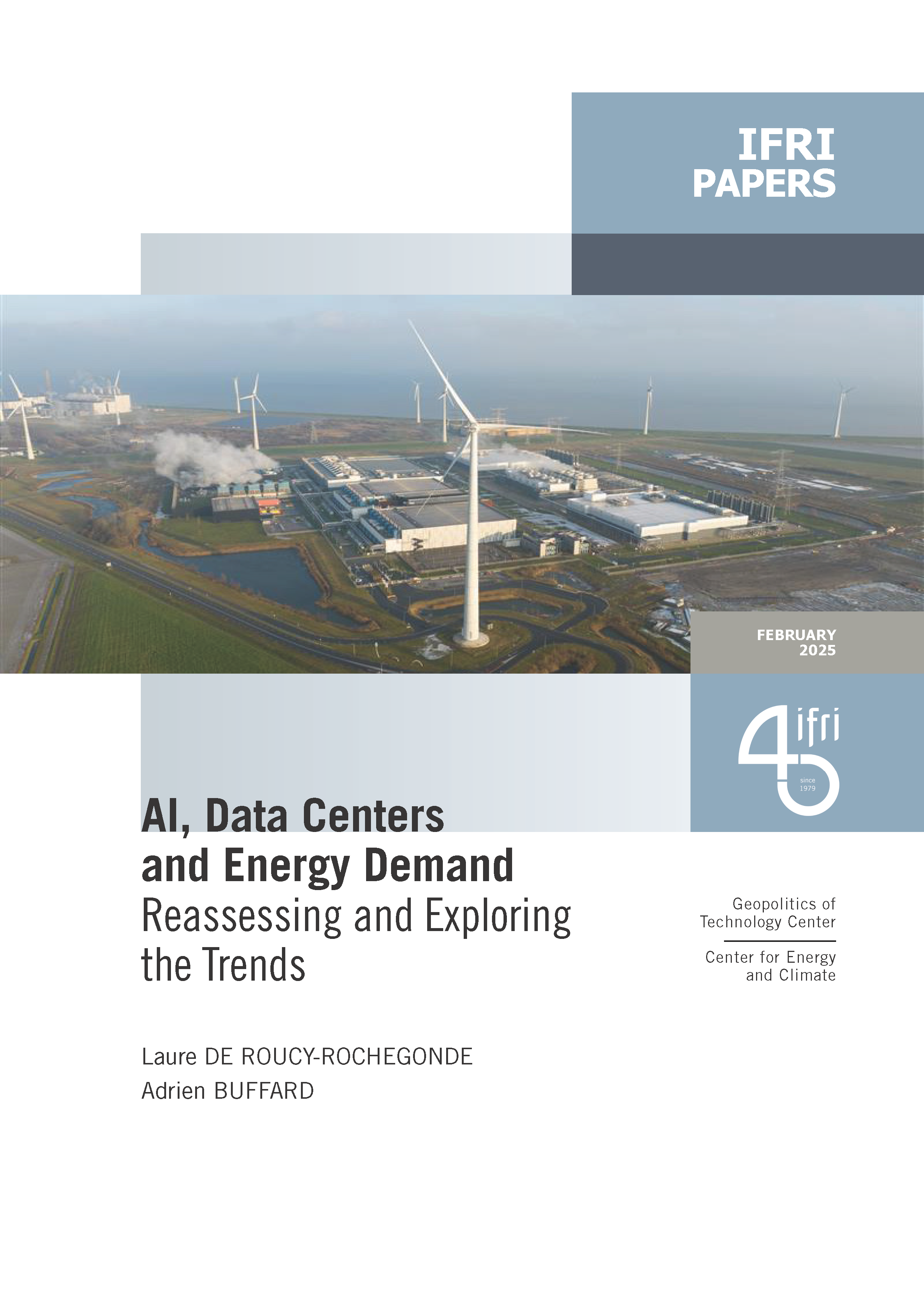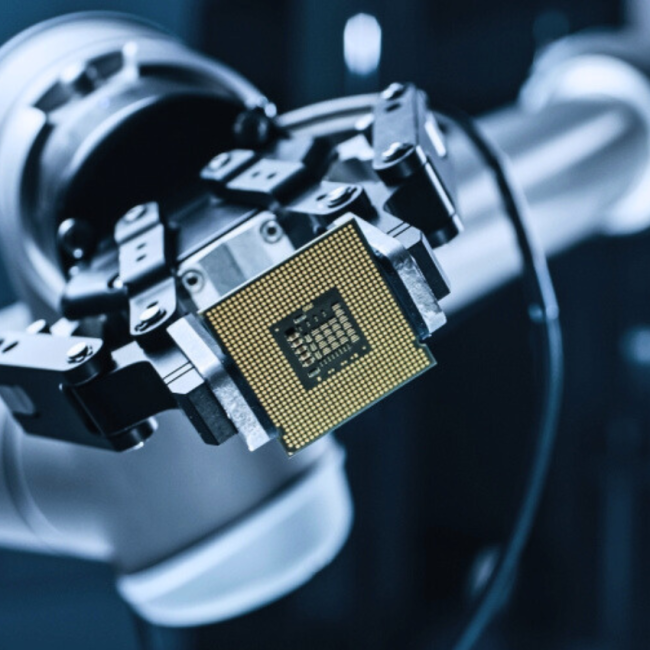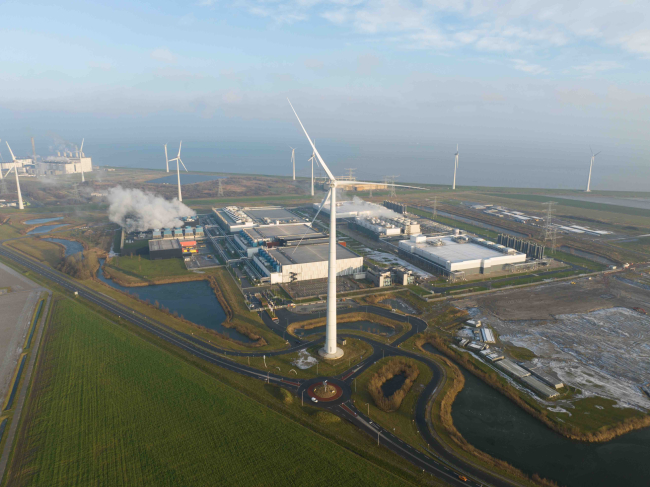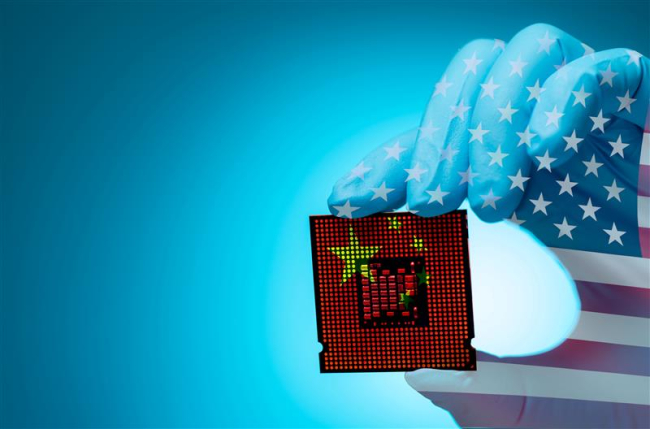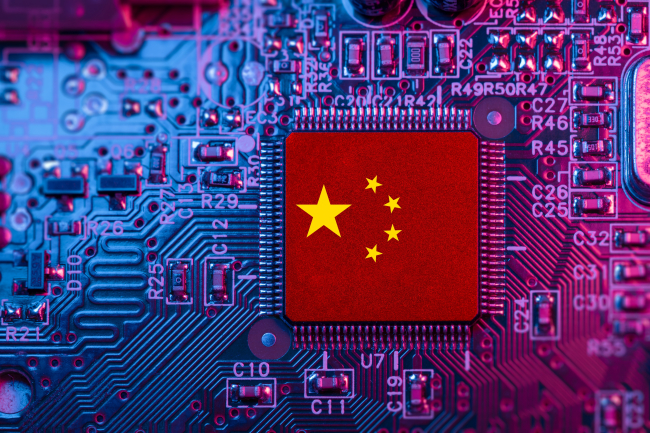Open Innovation in Defense. Passing Fad or New Philosophy?

The use of civilian technologies on the battlefield—one of the lessons that can be drawn from recent conflicts—is attracting growing interest from the armed forces of France and other nations. The growing number of examples of effective integration of civilian technologies into the armed forces, including during conflict, shows the importance of open innovation and the acceleration of the international race toward innovation in the defense industry.
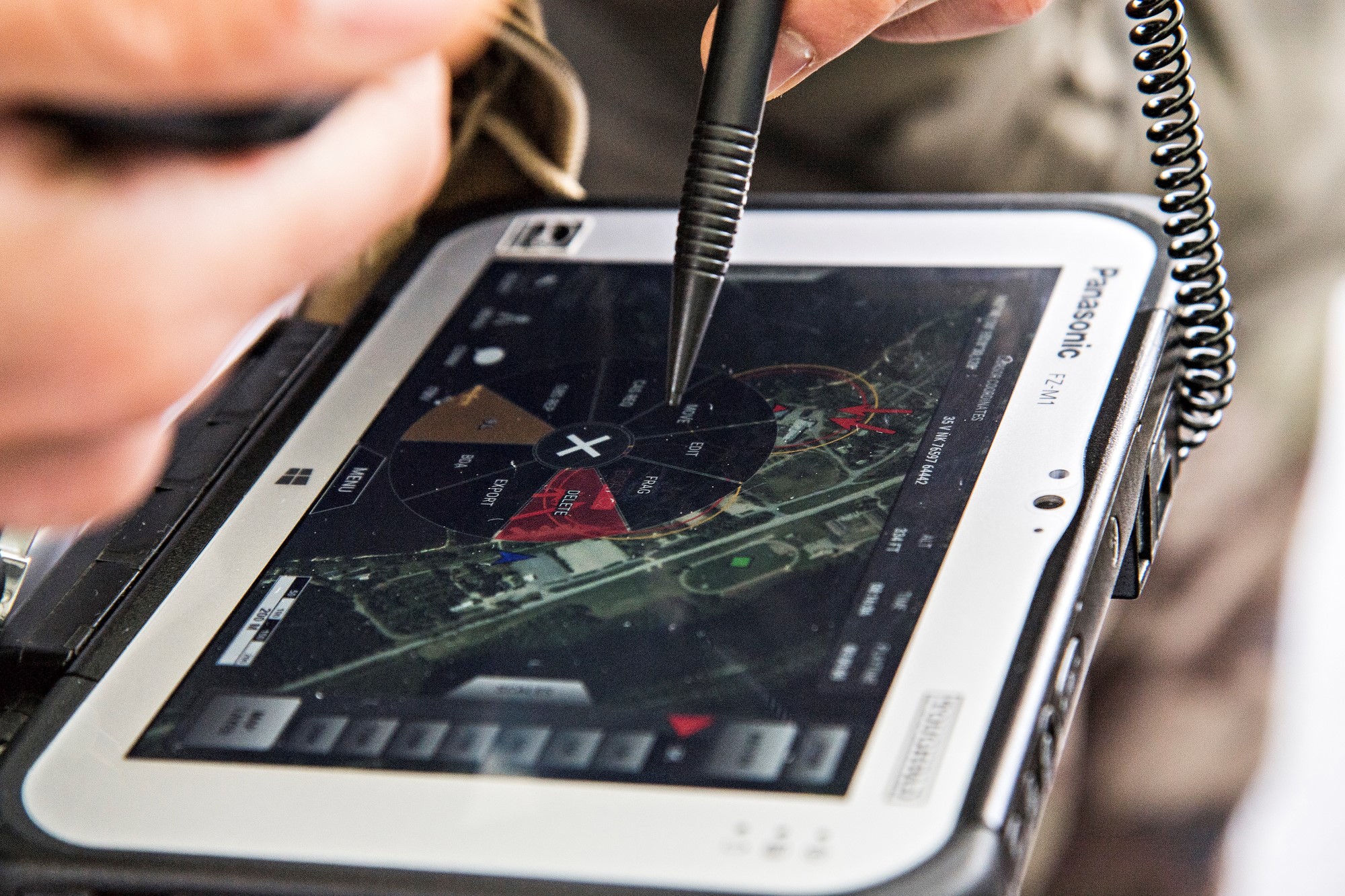
The war in Ukraine offers several practical examples of the operational added value that open innovation can offer. A case in point is the GIS Art for Artillery smartphone app, the deployment of which was speeded up after Ukraine was invaded by Russian forces, and which enables Ukrainian soldiers to order an artillery strike by entering the GPS coordinates from their phones.
Under certain conditions, open innovation in defense can therefore reset or even reverse the balance of power. Its goal is to detect, stimulate, and capture civil society innovations and, via short cycles, integrate them into force structures so as to seize opportunities or respond to challenges on the ground. For states, this mode of innovation now seems to be the norm, without raising questions about the way armament operations are conducted.
More than just a passing fad resulting from the development of “agile methods” imported from the civilian world, open innovation in defense has become vital to ensuring operational superiority. It strengthens arguments in favor of a “new philosophy” for France’s Defense Technological and Industrial Base (DTIB).
This content is available in French: L’innovation ouverte de défense. Effet de mode ou nouveau solfège ?
Download the full analysis
This page contains only a summary of our work. If you would like to have access to all the information from our research on the subject, you can download the full version in PDF format.
Open Innovation in Defense. Passing Fad or New Philosophy?
Related centers and programs
Discover our other research centers and programsFind out more
Discover all our analysesArtificial Promises or Real Regulation? Inventing Global AI Governance
The risks inherent to the unregulated use of AI, a key technology and vector of profound transformations within societies underline the pressing need to harmonize governance efforts at the international level. The Summit for Action on Artificial Intelligence to be held in Paris in mid-February could be an unprecedented timely occasion to agree on a global governance framework of AI for the public good.
AI, Data Centers and Energy Demand: Reassessing and Exploring the Trends
The information and communication technologies sector today accounts for 9% of global electricity consumption, data centers for 1-1.3%, and artificial intelligence (AI) for less than 0.2%. The growing energy demands of cloud services first, and now AI workloads (10% of today’s data centers electricity demand), have exacerbated this trend. In the future, hyperscale data centers will gain shares amongst all kinds of data centers and AI will probably account for around 20% of data centers electricity demand by 2030.
From nonproliferation to strategic competition: US export controls and China
Technological competition is at the heart of the renewed great-power competition that has characterized relations between the USA and China since the 2010s. The role of technological innovation in the evolution of power relations is already recognized in the literature of international relations. However, developments in US technology policy under the last two administrations raise the reverse question: how does the perception of changing power relations (in this case, Chinese technological catch-up perceived as a threat to US leadership) transform policies granting or denying access to technological innovation?
China’s Mature Node Overcapacity: Unfounded Fears
China is decoupling from, not flooding, the global mature-node semiconductor market. As China increasingly pursues industrial policies encouraging domestic chip production, its own growing chip demand will prevent a direct flood of cheap Chinese chips on foreign shores. However, as Beijing achieves its goal of decreasing the reliance of domestic downstream manufacturers on foreign chips, European and American mature-node semiconductor companies will feel the ripple effects of an increasingly “involuted” Chinese chip ecosystem.



